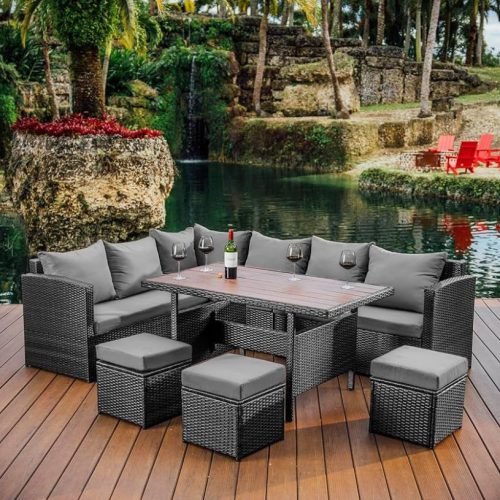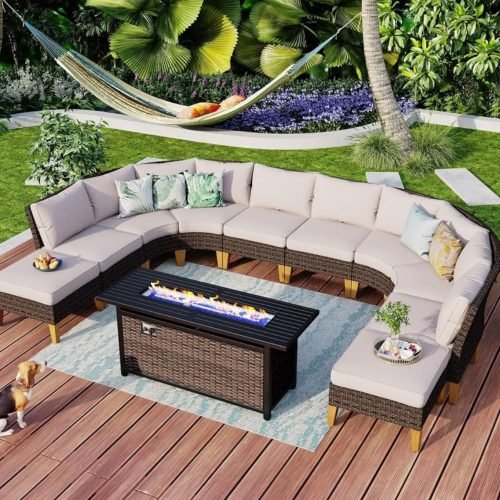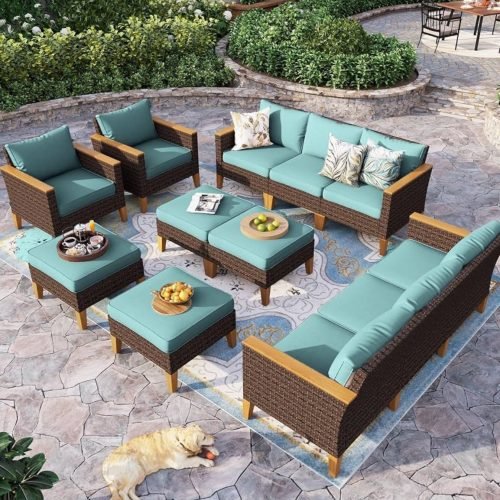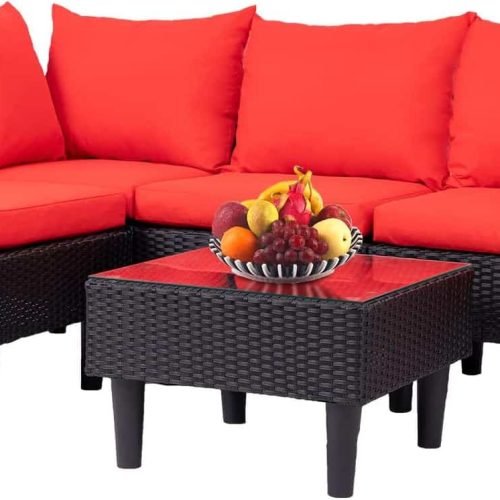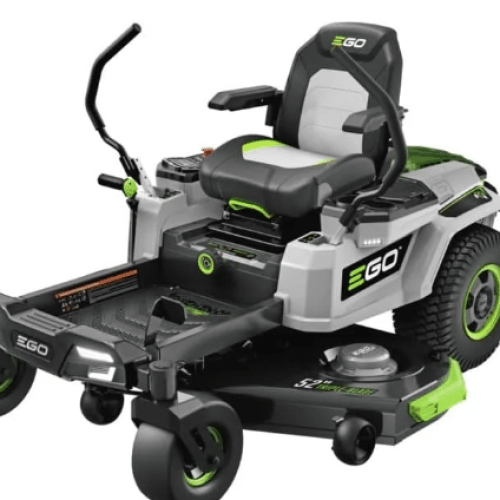Did you know the average American spends 90% of their day indoors? This shows how we’re losing touch with nature, including our gardens. But, there’s a simple way to water your plants well and save water. DIY drip irrigation is a gardening method that’s 60% better than old sprinklers.
This guide will show you what you need for a drip irrigation system. It will also give you step-by-step instructions to set it up, even if you’re new to gardening. Whether you have a big flower garden, a vegetable patch, or a large landscape, this DIY method can change how you water your plants. It also helps save water.
Key Takeaways
- Drip irrigation is 60% more efficient than sprinklers, making it a sustainable choice for watering your garden.
- The cost of PVC clear vinyl tubing is roughly 13 cents per inch, making it an affordable option for DIY irrigation systems.
- A drip irrigation system can be set up for a prepared bed with two rows, using a 2-foot section of 2″ diameter PVC pipe as a reservoir.
- Customizable components like swivel hose adapters, 1/4″ PVC tubing, and emitters allow for easy expansion and tailoring to your specific needs.
- Drip irrigation systems can be automated with a timer for convenient, hands-off watering, and they are more efficient than soaker hoses or hand watering.
Essential Components of a Drip Irrigation System
To create a good drip irrigation system, you need to know the key parts. Each part works together to get water to your plants efficiently. Let’s look at the main parts of a strong drip irrigation setup.
Water Source and Control Components
The base of any drip irrigation system is the water source. A hose bib, or outdoor water faucet, connects to the main tubing. A hose splitter then splits the water into different paths, letting you water different spots at once.
A digital timer controls when the water goes on and off. This ensures your plants get the right amount of water. A screen filter keeps out particles that could block the system. A pressure regulator makes sure the water pressure is just right, between 15-30 psi. And a backflow preventer stops contaminated water from getting back into the system.
Distribution Components
The water from the source is then spread out through the garden. The mainline tubing, made of strong polyethylene, carries water to where it’s needed. The drip lines, like drip tape and soaker driplines, get water right to the roots of the plants.
Fittings like tees, elbows, and couplers connect and hold the system together. Hold-down stakes keep the tubing in place, making the system neat and efficient.
For a budget-friendly DIY option, PVC clear vinyl tubing is a good choice. It’s about 13 cents per inch and can be arranged however you like.
DIY Drip Irrigation: A Step-by-Step Guide for Beginners
Turning your outdoor space into a lush garden is easy. With some planning and the right tools, you can set up a DIY drip irrigation system. This will keep your plants healthy and lower your water bills. Let’s start the step-by-step guide to get your garden irrigation system ready.
- Plan the Layout: Sketch your garden size, water needs, and drip irrigation layout. This helps choose the right parts and ensures water covers all areas.
- Gather the Equipment: Buy the key parts like drip emitters, irrigation tubing, a garden hose, a timer, a backflow preventer, a filter, and a pressure regulator at your local store or online.
- Set Up the Mainline: Use 1/2″ polyethylene tubing as the mainline for small to medium gardens.
- Install the System: Connect the parts from the hose bib to the drip lines. Make sure the timer, backflow preventer, filter, and pressure regulator are in the right spots.
- Perform Initial Testing: Run the system for 3-4 days to find the best watering time for your garden. Adjust as needed for efficient water use.
For indoor seedlings, use a hose-end timer, pressure regulator, and PVC clear vinyl tubing. This creates a setup that meets your plants’ specific needs.
| Component | Cost | Benefit |
|---|---|---|
| DIY Drip Irrigation Kit | As little as $25 | Affordable and customizable |
| Professional Drip Irrigation Installation | Up to $800 for 200 sq ft | High-quality, comprehensive system |
| Soaker Hoses | Much less expensive than sprinklers | Efficient water delivery |
By following this guide, you’ll create a water-efficient drip irrigation system. It will keep your garden healthy and your water bills low. Start your DIY project and easily transform your outdoor space.
Conclusion
DIY drip irrigation is a smart way to save water and make plants healthier. It’s easy to set up with a simple guide. This leads to big water savings and makes gardening easier.
Drip irrigation systems send water right to the roots. This cuts down on waste and keeps plants moist. By making your own system, you can tailor it to your plants’ needs, indoors or outdoors.
Using DIY irrigation, water efficiency, and gardening tips can really help your garden. With regular upkeep, your system will keep your garden healthy for years. It’s a great way to care for your garden and the planet.
FAQ
What are the key components of a drip irrigation system?
The main parts are a hose bib, hose splitter, and digital timer. You also need a screen filter, pressure regulator, and backflow preventer. The system includes mainline tubing, drip lines, fittings, and hold-down stakes.
How much more efficient is drip irrigation compared to sprinklers?
Drip irrigation is 60% more effective than sprinklers. It’s a very efficient way to water your plants.
What types of gardens can a drip irrigation system be used for?
You can use drip irrigation in many gardens. It works well for both landscape and flower gardens.
How does drip irrigation work to deliver water effectively?
Drip irrigation uses low volumes of water. It helps plants grow by balancing soil, air, and moisture.
What are the steps for installing a DIY drip irrigation system?
First, plan the layout and gather your equipment. Then, set up the mainline and install the components. Finally, test the system.
What are the benefits of a DIY drip irrigation system?
DIY drip irrigation saves water and delivers moisture consistently. It’s easy to use and cost-effective for both outdoor and indoor gardens.
Source Links
- DIY Irrigation System: Create a DIY Sprinkler System for Watering Your Garden
- DIY Drip Irrigation Systems: Step-by-Step Guide for Home Gardeners
- How to Set Up Drip Irrigation for Roses & Landscape Plants (Beginner Guide!)
- Guide to Drip Irrigation Systems for Your Garden
- Drip Irrigation System: Comprehensive Guide for Beginners
- A Beginner’s Guide to Drip Irrigation Systems
- DIY Drip Irrigation Systems: Step-by-Step Guide for Home Gardeners
- How to Set Up Drip Irrigation for Potted Plants (Easy Beginner Guide)
- How to Install Drip Irrigation
- How to Install Drip Irrigation: A Step-by-Step Guide – Oriplast


